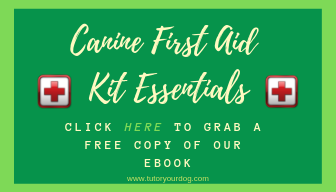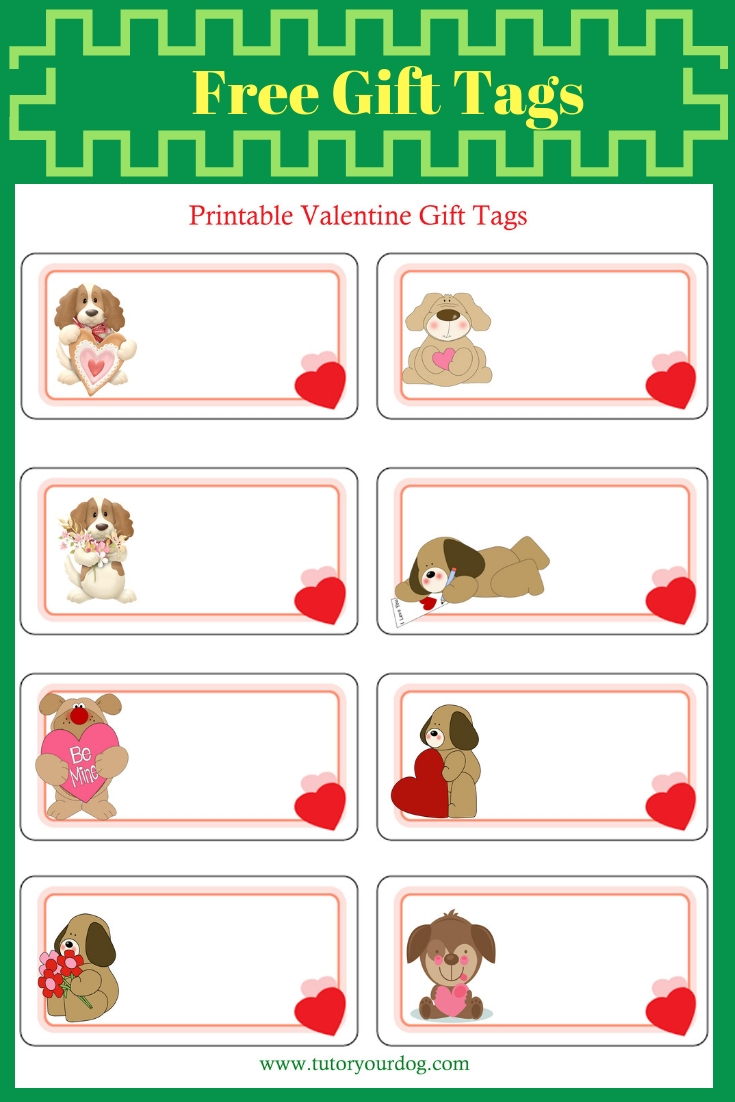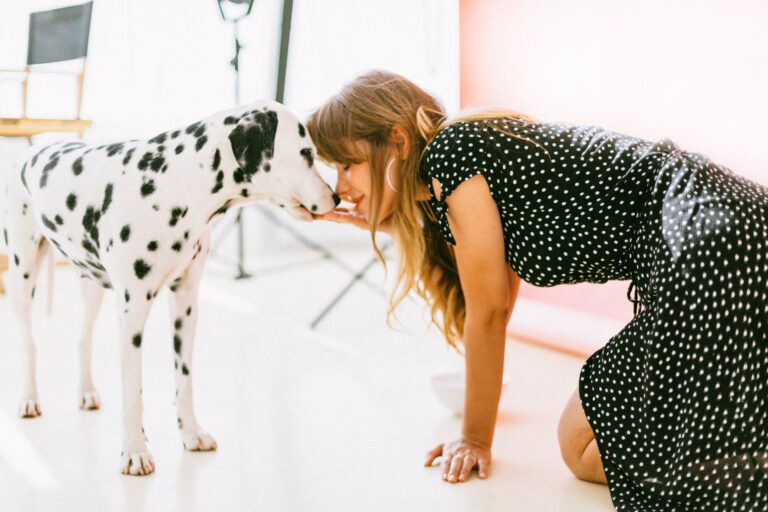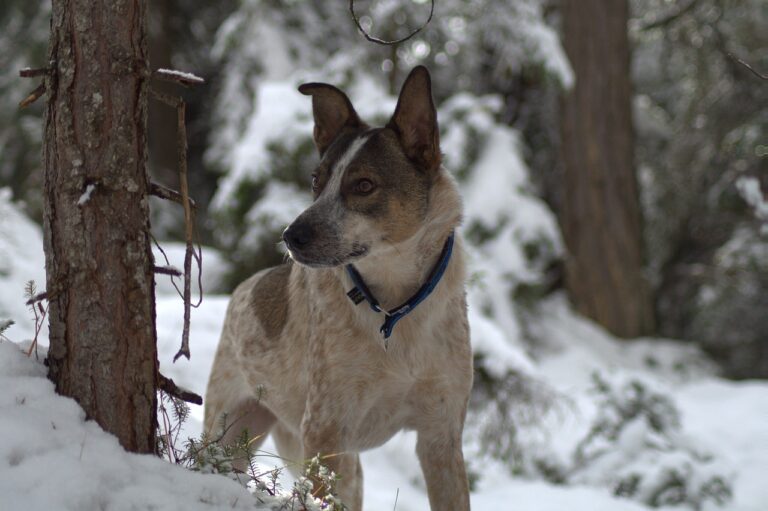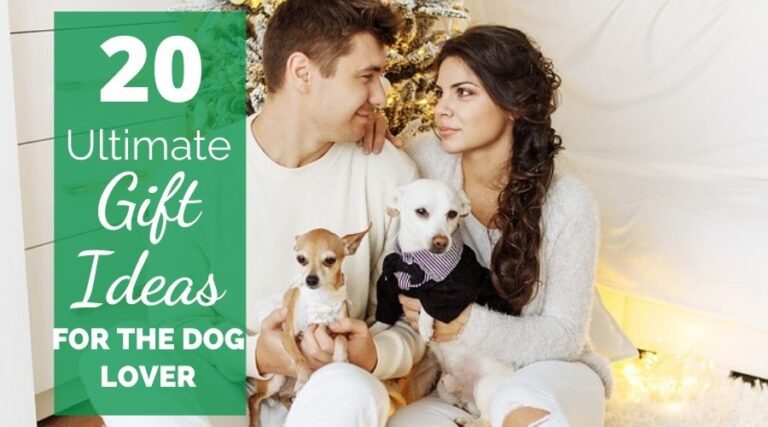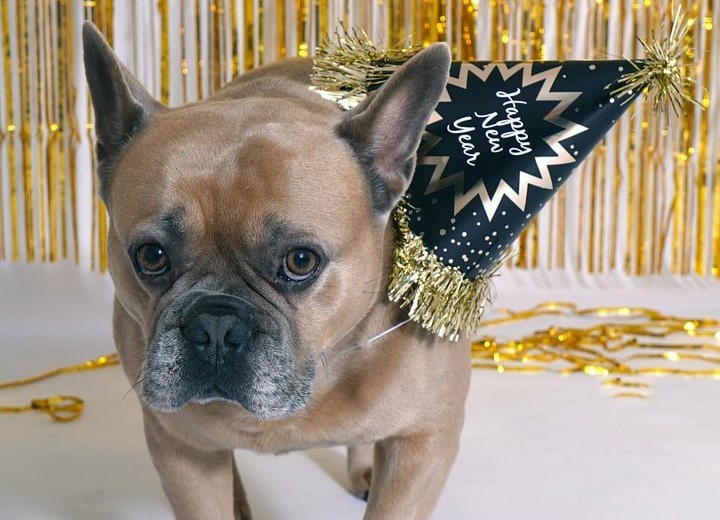{This post may contain affiliate links. This means we may make a small commission at no extra cost to you. This website is a participant in the Amazon Services LLC Associates Program. As an Amazon Associate we earn from qualifying purchases. We only recommend products that we believe will be of value to our followers. Click HERE to see our disclosure for details.}
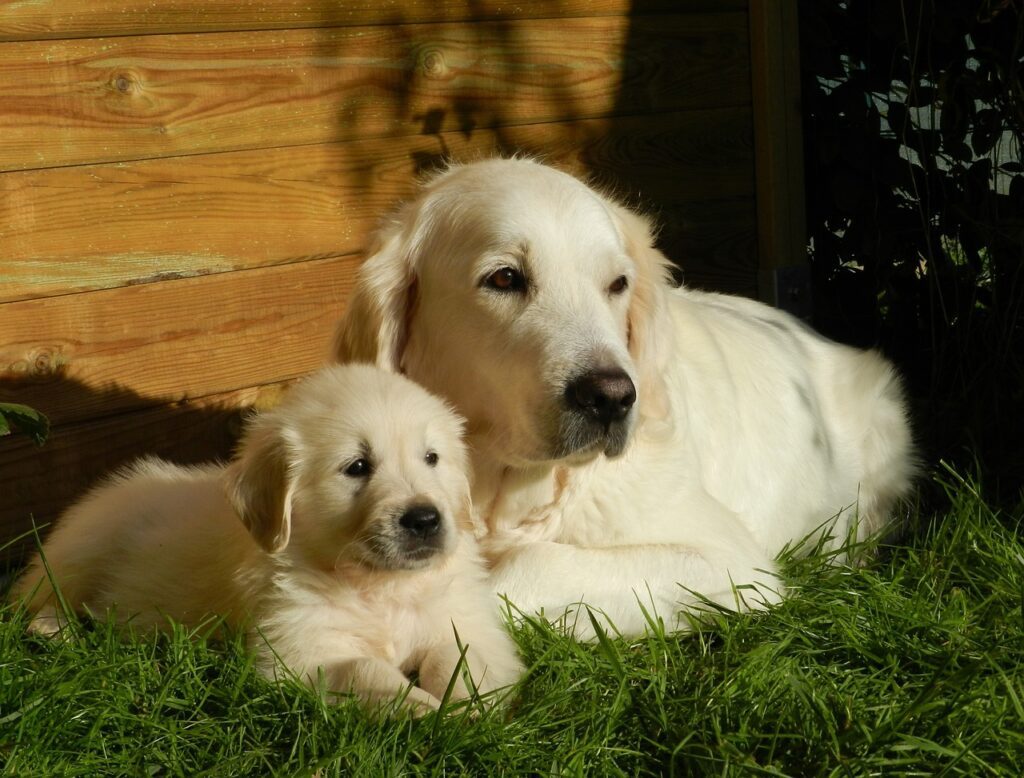
The day is here, you are picking up your new puppy. Everyone in the house is excited to have a new family member. But there is one family member who may not understand just what is going on. Your dog may not find this as exciting as the rest of the family does at first. There are some things that you can do to make the introduction and transition go smoothly.
Tips To Successfully Introduce Your Dog To A New Puppy
1. Watch Body Language
When introducing your dog to a new puppy always watch their body language. Dogs will typically give warning signs that they aren’t comfortable with the situation. If your dog gives any of the following warning signs remove them or the puppy to prevent a negative introduction. Some things to watch out for are raised hackles (this is when the fur is raised on the back of the neck and back), a hunched back, showing teeth, snarling or growling and prolonged staring.
This is your dog’s way of saying that he is not comfortable. He is giving the puppy signs that he does not want to interact or does not want the puppy jumping on him. Some puppies can read these cues and will back off but most young puppies have not learned these things yet and if not removed will keep going until your dog has no choice but to react.
If your dog is typically good with other dogs then he will eventually learn to accept the new puppy. A dog who is not usually good with other dogs, it’s not fair to your dog or to the puppy to bring home a new puppy. If your dog is not good with other dogs, seek out a dog behaviorist and see if they can help your dog. But until he is good with other dogs, it is not a good idea to bring home a puppy.

Just as importantly as watching for warning signs is watching for positive signs. Dog’s also have body language that shows that they are happy with the situation and are ok with the puppy. If you see the puppy licking the mouth of your dog and rolling over on her back, this is very good. This is the puppy’s way of saying, “Hey, I know that you are the boss and I respect you.”. This is the puppy being submissive to the older dog, which is perfectly normal and is a positive sign. Play bowing is also a good sign. If you haven’t witnessed a play bow before, it’s when the dog’s front end goes down on the ground and the rear end is up in the air to form a bow.
Keep the initial introductions short, 10 to 15 minutes. It could even be shorter if your dog or puppy show that they are not comfortable or are getting to excited.
2. Meet On Neutral Ground
Your dog sees your house as his territory. Some dogs may not mind other dogs coming and going on their turf. Others may not like it at all. If your dog is used to other dogs coming and going in your home and does not have any problems with that then he may not mind a puppy in his home. But if you are unsure or know that your dog does not like having strange dogs in his home, the best option is to do the introductions in an area that is neutral for them both. Meet in a park or an area that your dog hasn’t been been to before. Keep in mind, though, that this should be an area with no other dogs and few distractions.
Let them meet on their own terms, this is something that can’t be rushed. If your dog is interested in the puppy let him sniff the puppy and check her out. Most puppies don’t have a lot of respect for other dogs yet. Do not let the puppy jump all over your older dog. Your dog may not like this and may feel that he needs to get away or correct her. Once again watch for any of the warning signs and remove your dog if you see them.
3. Go For A Walk Together

Some dogs meet other dogs best when they go for a walk together. You will need someone to take the puppy for you so that there is one walker for each dog. Start them off first with walking on opposite sides of each walker so that the dog isn’t walking directly next to the puppy. If they are ok with that, then gradually allow them to walk side by side. Always watch for any of the warning signs that we mentioned earlier. If you see any, separate them and go back to walking with space between the two of them until they seem comfortable with each other.
If your dog resource guards you and doesn’t like other dogs coming around you, your friend should walk your older dog and you should take the puppy. This way if the puppy comes close to him he doesn’t feel the need to protect you from the puppy.
Know your dog. If your dog has leash reactivity issues this will not be a good option for him to meet the new puppy. Instead try him off leash and introduce them through a fence like we discuss next.
4. Meet Through A Fence
If you aren’t sure how your dog is going to react to a puppy or there is a big size difference, meeting through a fence is a good option. The most important thing about the first introduction is that it is a positive experience for both your dog and the new puppy. If you aren’t sure that your dog will tolerate a puppy right away or he gets bouncy when he first meets another dog, use a fence.
Make sure that the fence is high enough that your dog can’t jump over it and low enough that neither the dog or puppy can go under it. Put your dog on one side of the fence and the puppy on the other side of the fence. There should be a person with each of them. Let them sniff each other through the fence. Watch for body language signs and if you see any that show that either the dog or puppy aren’t comfortable move them away from the fence to a distance where neither of them react. If they seem ok with each other and your older dog is calm, allow them to meet without the fence separating them.
What’s Next After Meeting At A Neutral Place?
The next step is to take your dog and your puppy home and let them interact there. To make this as successful as possible, there are a few things that you should do first. Make sure that the dog and the puppy can get away from each other to prevent anyone from getting cornered. Put your dog’s favorite toys away to prevent resource guarding. Your dog may not be quite ready to share his favorite toys with a new puppy just yet. Feed them in separate dishes. They should even be fed in separate areas at first, to prevent resource guarding. Most dogs aren’t going to want a puppy in their food bowl. And if your dog is eating a different brand of food, it could upset your puppy’s stomach if she eats it. Once you have these things ready, it’s time to bring the new puppy home.
5. Move To Your Yard

When your dog and the puppy seem to be comfortable with each other in a neutral place, it’s time to take them home. Give them a little break and then let them meet again in your yard. If you have a fenced yard and both the dog and puppy are calm, let them off leash together. If you do not have a fenced yard, keep them on leash and let them interact. Constantly watch for any warning signs that either your dog or the puppy may be uncomfortable.
6. Move To Inside Your House
Now, it’s the big moment when you take both your dog and the puppy in the house. All of your dog’s favorite toys should be put away by now. And you should have an area set up for them to interact where there is plenty of space. Do not leave them alone and watch for any signs that either of them may be uncomfortable. If you see any warnings, remove the puppy. Give them a break and try again later.
7. Always Supervise
Always supervise your dog and the puppy. Most likely your puppy will be a lot smaller than your dog so an accident could happen very easily and quickly. When you can’t supervise them, separate them. When you have to leave home, crate your puppy. If you have to leave the room and the dogs can’t go with you, crate the puppy. Supervising your dog and the puppy will help to develop their relationship. The puppy won’t be able to harass your dog and your dog won’t be able to dominate the puppy. Eventually, you will be able to give them more freedom together but for the first few weeks, only supervised play times.
8. Multiple Dog Households

If you have multiple dogs in your household, each one will need to be introduced to the puppy individually. It would be very overwhelming for the puppy to be swarmed by curious dogs. Each dog should be introduced to the puppy on their own using the methods that we discussed earlier. Once each dog is comfortable with the puppy, then everyone can be introduced together.
The key thing with introducing any puppy or even an older dog to your home is the make the transition as easy and stress free as possible. By following the steps that we have outlined today, you will be setting your puppy and your dog(s) up for success.
If you have any stories about introducing a new puppy or dog to your home, we’d love to hear about it.

*Disclaimer: All information presented here is intended for entertainment purposes only. It is not provided in order to evaluate the temperament of a dog or set up a training plan for a dog with severe behavior issues. The author, publisher, and contributors accept no responsibility for such use. Anyone having a dog with severe behavior problems should consult with a dog behaviorist or dog trainer immediately to prevent harm to themselves and other people or animals.






